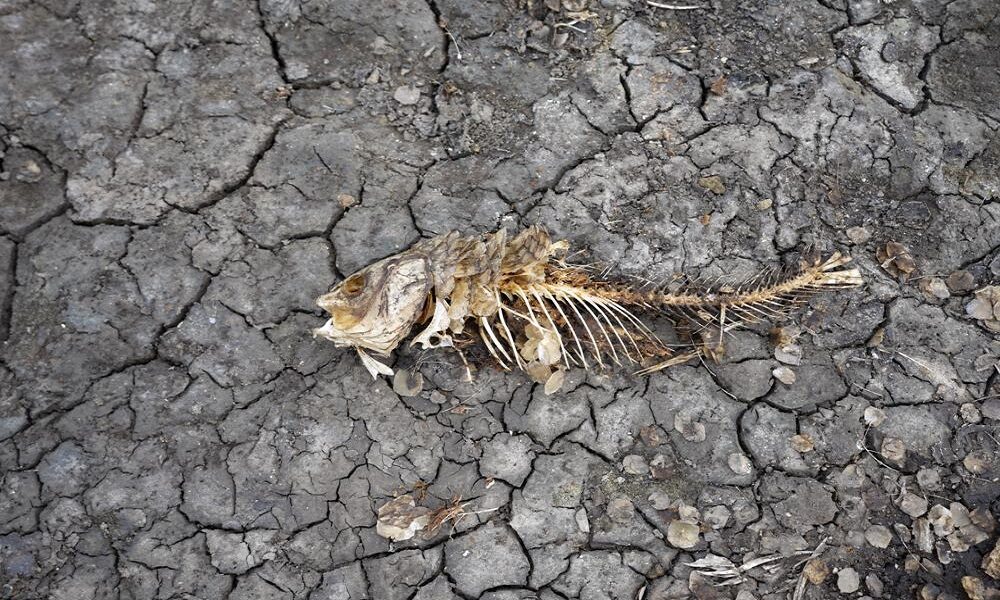Science & Technology
European drought dries up rivers, kills fish, shrivels crops

Once, a river ran through it. Now, white dust and thousands of dead fish cover the wide trench that winds amid rows of trees in France’s Burgundy region in what was the Tille River in the village of Lux.
From dry and cracked reservoirs in Spain to falling water levels on major arteries like the Danube, the Rhine and the Po, an unprecedented drought is afflicting nearly half of Europe. It is damaging farm economies, forcing water restrictions, causing wildfires and threatening aquatic species, AP reported.
There has been no significant rainfall for almost two months in the continent’s western, central and southern regions. In typically rainy Britain, the government officially declared a drought across southern and central England on Friday amid one of the hottest and driest summers on record.
And Europe’s dry period is expected to continue in what experts say could be the worst drought in 500 years.
Climate change is exacerbating conditions as hotter temperatures speed up evaporation, thirsty plants take in more moisture and reduced snowfall in the winter limits supplies of fresh water available for irrigation in the summer. Europe isn’t alone in the crisis, with drought conditions also reported in East Africa, the western United States and northern Mexico.
As he walked in the 15-meter wide riverbed in Lux, Jean-Philippe Couasné, chief technician at the local Federation for Fishing and Protection of the Aquatic Environment, listed the species of fish that had died in the Tille.
“It’s heartbreaking,” he said. “On average, about 8,000 liters per second are flowing. … And now, zero liters.”
In areas upstream, some trout and other freshwater species can take shelter in pools via fish ladders. But such systems aren’t available everywhere.
Without rain, the river “will continue to empty. And yes, all fish will die. … They are trapped upstream and downstream, there’s no water coming in, so the oxygen level will keep decreasing as the (water) volume goes down,” Couasné said. “These are species that will gradually disappear.”



